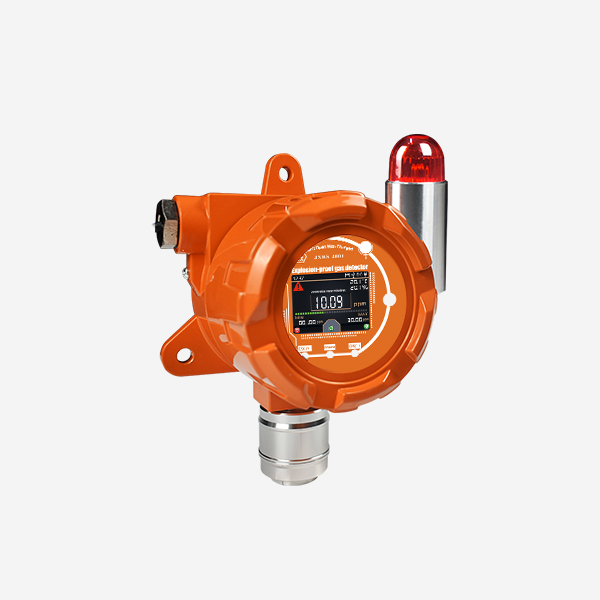The Internet of Things (IoT) has revolutionized the way we interact with technology and connect with the world around us. One area where IoT has had a significant impact is in gas sensing and detection. Wireless gas sensing systems that use IoT technology are changing the way we approach gas detection, allowing for greater accuracy, real-time monitoring, and remot

e access to data.
In traditional gas detection systems, sensors are connected to a centralized control system through wired connections. This means that gas detection is limited to areas where wiring can be installed, which can be expensive and time-consuming. Additionally, it limits the ability to collect data in real-time or remotely monitor gas levels from different locations.
Wireless gas sensing systems, on the other hand, use wireless communication to transmit data from gas sensors to a centralized control system. This means that gas sensors can be placed anywhere, without the need for wiring infrastructure. The wireless communication also allows for real-time monitoring of data and remote access to gas level information from anywhere in the world.
One of the key advantages of wireless gas sensing systems is their flexibility. Because they do not require wiring infrastructure, gas sensors can be easily installed in any location, including hazardous environments. This makes wireless gas sensing particularly useful in industrial settings, where certain gases can pose a significant threat to worker safety.

Wireless gas sensing systems can also be combined with other IoT devices and technologies to create powerful monitoring systems. For example, a wireless gas sensing system could be integrated with an air quality monitoring system to provide more comprehensive environmental monitoring. The data collected through these systems can be used to develop targeted interventions to reduce emissions and improve air quality.
Another advantage of wireless gas sensing systems is their ability to provide real-time warning alerts. Traditional gas detection systems may only provide alarms after dangerous levels of gas have already been detected. With wireless gas sensing, real-time data can be used to trigger alerts and warning notifications before dangerous levels of gas are reached.
There are also cost benefits to using wireless gas sensing systems. Because they do not require wiring infrastructure, installation costs can be significantly reduced. Additionally, because these systems are often battery-powered, ongoing maintenance costs can also be minimized.
One important consideration when implementing wireless gas sensing systems is data security. As with any IoT technology, there is always the risk of data breaches or cyber-attacks. Therefore, it is essential that appropriate security measures are implemented to protect sensitive gas level data.
Overall, wireless gas sensing systems that use IoT technology are revolutionizing the way we approach gas detection. By providing real-time monitoring, remote access to data, and flexibility in installation, these systems offer significant advantages over traditional gas detection systems. As technology continues to advance, it is likely that wireless gas sensing will become an increasingly important tool in environmental monitoring and industrial safety.
 : +86 155 8830 2704
: +86 155 8830 2704 : jxdziot@gmail.com
: jxdziot@gmail.com
